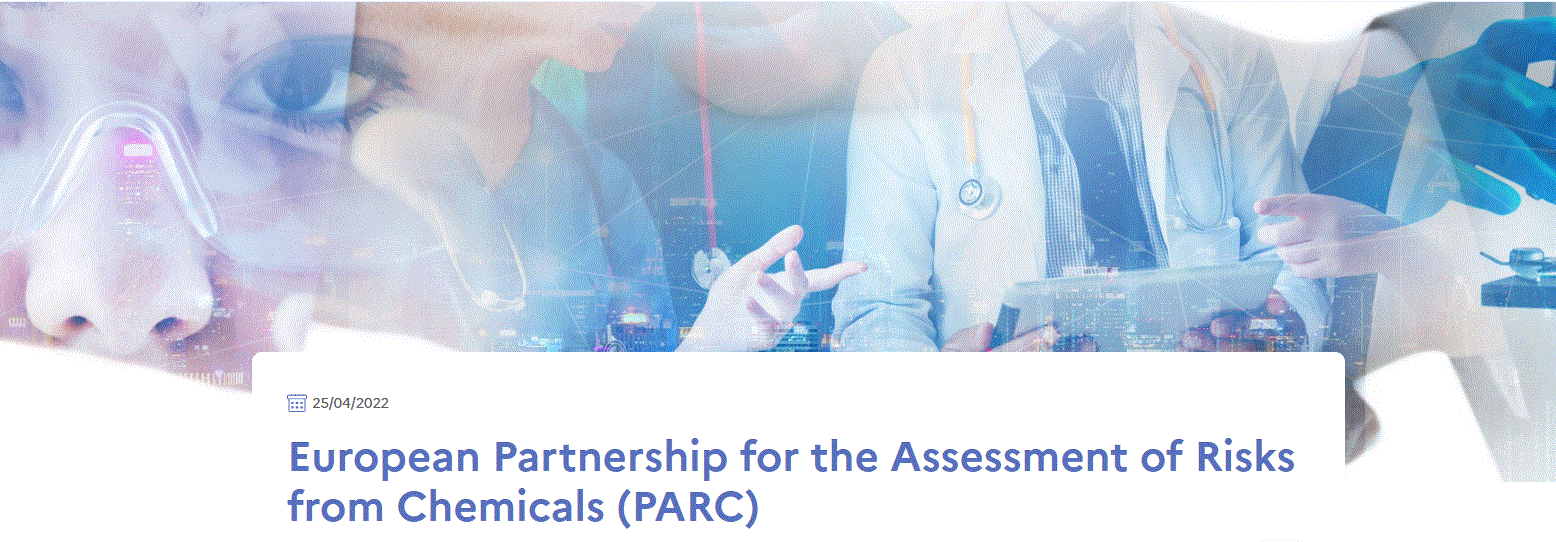Born with the mission of moving towards a new generation of chemical risk assessment methods in order to protect the health and the environment.
The European Partnership for the Assessment of Risk from Chemicals (PARC) started on May 2022 aiming to advance research, share knowledge and improve skills in chemical risk assessment in order to better protect human health and the environment. This initiative will support the European Union’s Chemical Strategy for Sustainability, moving towards the European Green Deal’s “zero pollution” ambition. PARC has an estimated budget of €400, half of which is being funded by the European Commission and the other half by the Member States and ANSES, the French Agency for Food, Environmental and Occupational Health & Safety, who is the partnership coordinator.
PARC is an initiative of unprecedented scale, since it brings together nearly 200 partners from 28 countries, including the Andalusian Health and Environment Observatory from the Andalusian School of Public Health (OSMAN). ). It involves national and European health and safety agencies working in the areas of the environment or public health, the European Chemicals Agency (ECHA), the European Food Safety Authority (EFSA) and the European Environment Agency (EEA), as well as research institutes and organizations.
The partnership encompasses all aspects of chemical risk assessment, aiming to better anticipate emerging risks, better account for combined risks and underpin the concrete implementation of new orientations in European public policies to safeguard the health and the environment in response to important issues for health, the ecology and citizens’ expectations.
The partnership will build on previous work undertaken as part of the European Joint Programme on human biomonitoring, HBM4EU (Human Biomonitoring for Europe), whose closing meeting took place last April 2022, and will broaden the scope of its interests specifically to the assessment of environmental risks.
Main objectives:
- To develop the scientific skills needed to address current and future challenges in chemical safety.
- To provide new data, methods and innovative tools to those responsible for the assessment and management of the risks of chemical exposure.
- To strengthen the networks that gather together actors specialised in the different scientific fields contributing to risk assessment.
Main results expected:
- Establishment of a permanent interdisciplinary network on a European scale to identify and prioritise conceptual, scientific and technical advances and needs in terms of research and innovation.
- Development of joint research and innovation activities reflecting the defined priorities.
- Strengthening current capabilities for research and innovation, and the creation of new interdisciplinary platforms in Europe.
First steps:
- To continue work on human biomonitoring of chemicals, with the launch of European studies in both the general population and in occupational settings, and the drafting of the current state of the art in chemical monitoring in order to establish new schemes or broaden the scope of substances monitored in existing schemes; and to innovate with regard to the analytical methods used.
- To contribute to data generation to meet the regulatory needs and to the development of new methodological approaches to assess the effects on human beings or on target organisms in the environment.
- To develop computer models and data analysis methods for studying the effects of mixtures and combined exposure.
- To contribute to making data and models accessible and reusable for research and risk assessment purposes (i.e. that meet the FAIR principles: Findable – Accessible – Interoperable – Reusable), as part of an “Open Science” approach.
- To develop the new concepts and tools needed for the implementation of the EU Chemicals Strategy for Sustainability: the chemical synthesis of new compounds or materials without risks to health and the environment, the ability to detect substances that are hazardous to health and the environment, or the provision of modelling tools.
- The research strategy and work programme will ensure an open and transparent dialogue between scientific and regulatory bodies is promoted, involving all stakeholders.



